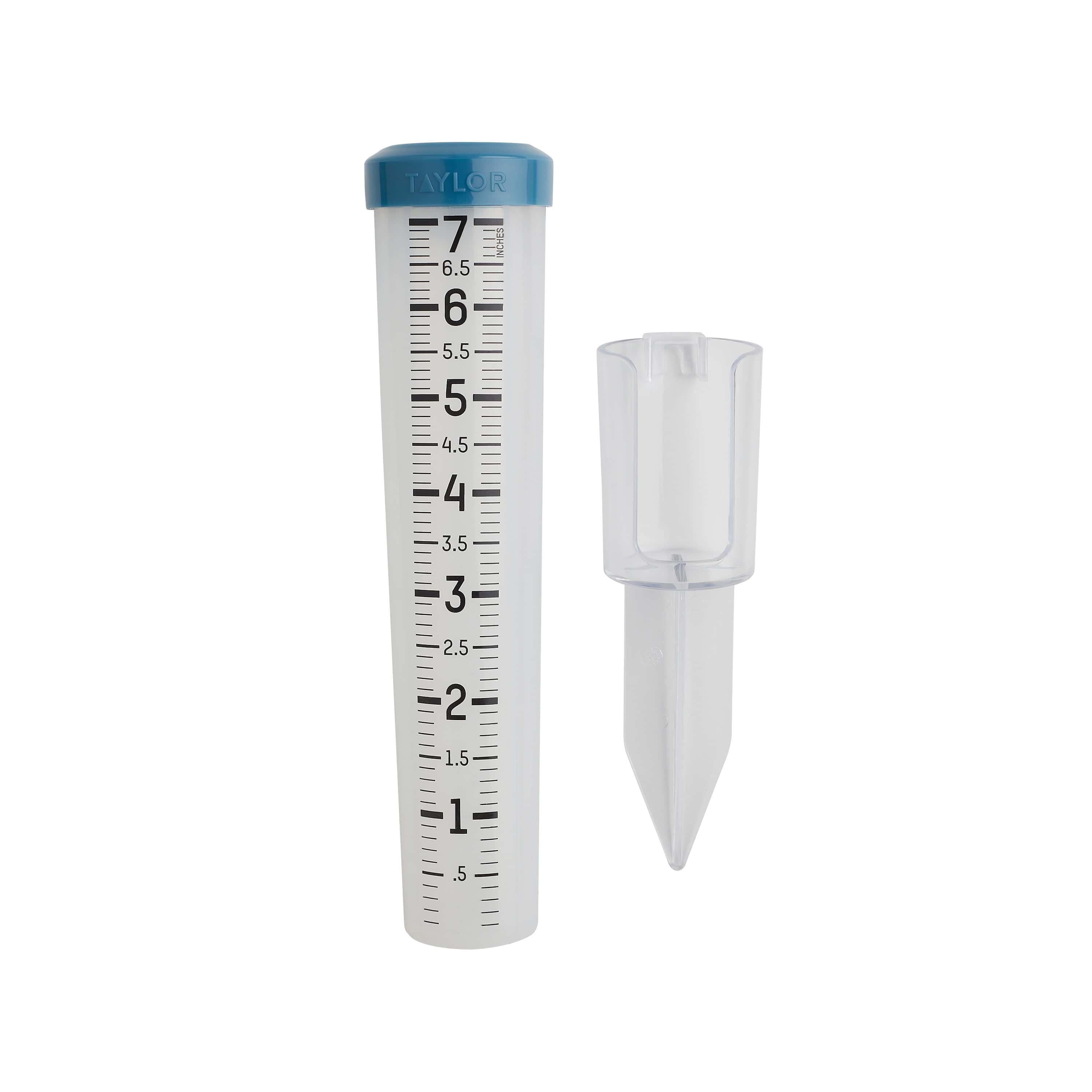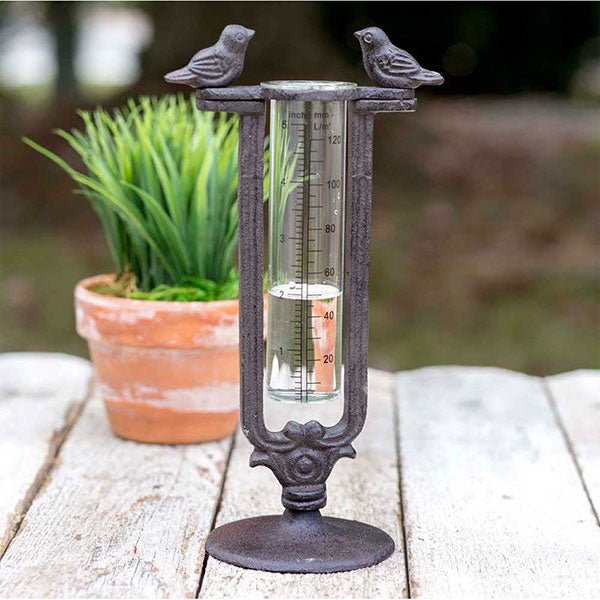The Rain Gauge: A Necessary Tool for Keeping An Eye On Rainfall Degrees
The Rain Gauge: A Necessary Tool for Keeping An Eye On Rainfall Degrees
Blog Article
Just How to Select the Right Rain Gauge for Accurate Rain Information
Precise rains information is crucial for different markets and tasks, such as weather forecasting, agriculture, and water resource monitoring. To acquire reputable measurements, it is important to pick the right rainfall scale. This overview intends to offer valuable understandings into the selection process, enabling you to make enlightened choices. Thinking about variables such as location, type, and precision of the rainfall scale will certainly aid guarantee specific information collection. Additionally, recognizing the upkeep and calibration procedures will certainly add to the long life and reliability of your rainfall scale. By adhering to these guidelines, you can guarantee exact rainfall data, enabling better decision-making and planning for numerous applications.
Importance of Selecting the Right Rain Scale
The importance of choosing the appropriate rain scale depends on obtaining dependable and precise rainfall data for accurate meteorological analysis. Rainfall information is vital for a vast array of applications, including climate projecting, hydrological modeling, and climate research study. Unstable or inaccurate information can bring about wrong verdicts and flawed decision-making processes.

Second of all, the precision and precision of the rainfall gauge are vital. The scale should be able to gauge rains with high precision, recording also little amounts of rainfall properly.
Moreover, the place and setup of the rain gauge are essential considerations. It ought to be placed in an open location, away from blockages that might impact rains measurements. The gauge should be positioned at a suitable elevation and angle to avoid splashing and ensure proper catchment of rain.
Factors to Think About When Selecting a Rain Gauge
When picking a rain scale, there are numerous crucial factors to consider. There are different types readily available, consisting of standard rainfall gauges, tipping bucket rainfall gauges, and considering rainfall evaluates.
An additional factor to take into consideration is the material of the rainfall scale. Rainfall assesses can be made from various materials, such as glass, plastic, or steel. The product selected need to be sturdy and immune to weather conditions, making certain that the rainfall scale will certainly stand up to the elements and provide accurate dimensions in time.
Precision is also a critical variable to take into consideration. Seek rain assesses that have actually been adjusted and tested for accuracy. Features such as anti-splash rings and funnels can likewise enhance the precision of the measurements.

Last but not least, consider the environment and environment in which the rain scale will certainly be made use of. Different rainfall evaluates appropriate for different environments, so it is essential to pick one that is proper for the problems in your area.
Different Sorts Of Rain Evaluates Readily Available
To further discover the variables to think about when choosing a rainfall gauge, it is vital to understand the various kinds of rain assesses offered. The most typical kind is the conventional rainfall scale, Check This Out also known as the cylindrical rain scale.
One more sort of rain scale is the tipping container rainfall scale. This gauge utilizes a seesaw-like system to accumulate and gauge rains. As the rain falls under the scale, it fills out one side of the container, causing it to tip and clear the water. The number of ideas is counted electronically to figure out the amount of rainfall. Tipping bucket rainfall gauges are preferred for their precision and capacity to determine rainfall strength.
A third kind of rain gauge is the considering rainfall gauge. This scale uses an equilibrium system to determine the weight of the accumulated rains. As the rain falls into the scale, it is gathered in a container connected to an equilibrium. The weight of the water is measured, and the rainfall quantity is determined based on the weight. Weighing rain determines are highly exact however can be extra expensive and need normal maintenance.
Ultimately, there are likewise remote rainfall assesses that usage progressed technology to determine rains (The Rain Gauge). These determines usage sensing units and transmitters to send information wirelessly to a central system. Remote rainfall gauges are convenient for keeping track of rainfall in hard-to-reach locations or for large data collection
Exactly How to Identify the Accuracy of a Rain Scale
One way to evaluate the accuracy of a rain scale is by carrying out regular calibration dimensions. Calibration entails comparing the readings of a rainfall scale to a standard dimension, such as a licensed rain scale or a weather condition terminal with high accuracy. By contrasting the dimensions, any discrepancies or inaccuracies in the rainfall gauge can be identified and represented.
To conduct a calibration measurement, begin by gathering rainfall information from both the rain scale and the typical measurement tool over a particular time duration, such as a month. Contrast the analyses and determine the distinction between them. This distinction is referred to as the calibration error.
It is Read More Here necessary to note that calibration dimensions need to be executed routinely, as ecological factors, such as particles, temperature level, and wind, can impact the accuracy of the rain gauge in time. By performing regular calibrations, any type of adjustments in the precision of the rainfall gauge can be found and adjustments can be made accordingly.
In addition to calibration, it is additionally advised to clean and preserve the rainfall gauge routinely to ensure its precision. Eliminate any kind of particles or blockages go now that may affect the precision of the dimensions, and check for any kind of indications of damages or put on that might call for repairs or substitute.
Tips for Keeping and Adjusting Your Rainfall Scale
Regular maintenance and calibration are essential for making sure the precision and dependability of your rainfall gauge in measuring rainfall information (The Rain Gauge). By following a few basic pointers, you can ensure that your rainfall scale is properly preserved and adjusted
First of all, it is crucial to cleanse your rain scale on a regular basis to avoid any debris or dust from obstructing the rain collection system. Use a soft brush and a light cleaning agent to carefully clean up the inside and beyond the scale. Rinse it thoroughly with tidy water and enable it to dry totally prior to re-installing it.
Second of all, it is advised to calibrate your rain gauge at least yearly. Calibration includes comparing the dimensions of your rainfall gauge with those of a trusted and accurate recommendation scale. This will certainly assist you determine and deal with any kind of prospective errors in your rain gauge's dimensions.
To calibrate your rain gauge, gather a recognized quantity of water utilizing a determining container and contrast it with the dimensions tape-recorded by your rain scale. Change the analyses appropriately to make certain accuracy.

Final Thought
In verdict, choosing the appropriate rain gauge is essential for getting accurate rains information. Variables such as spending plan, area, and function ought to be taken into consideration when choosing a rain gauge.
There are different kinds available, including common rain determines, tipping bucket rain determines, and evaluating rain gauges.To better check out the elements to consider when choosing a rain gauge, it is important to recognize the different kinds of rain determines readily available. The most common type is the conventional rain gauge, additionally understood as the cylindrical rainfall scale.An additional type of rain scale is the tipping pail rainfall gauge. Calibration includes contrasting the analyses of a rain scale to a common dimension, such as a licensed rainfall gauge or a weather condition station with high accuracy.
Report this page